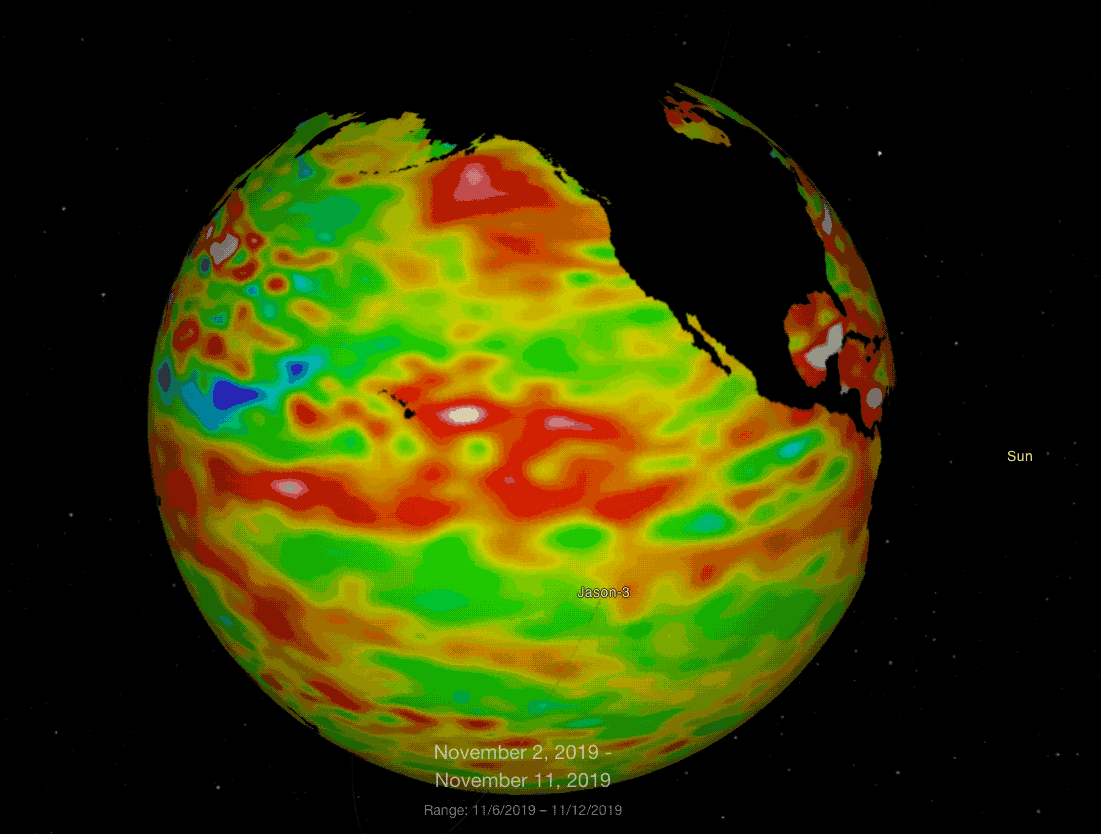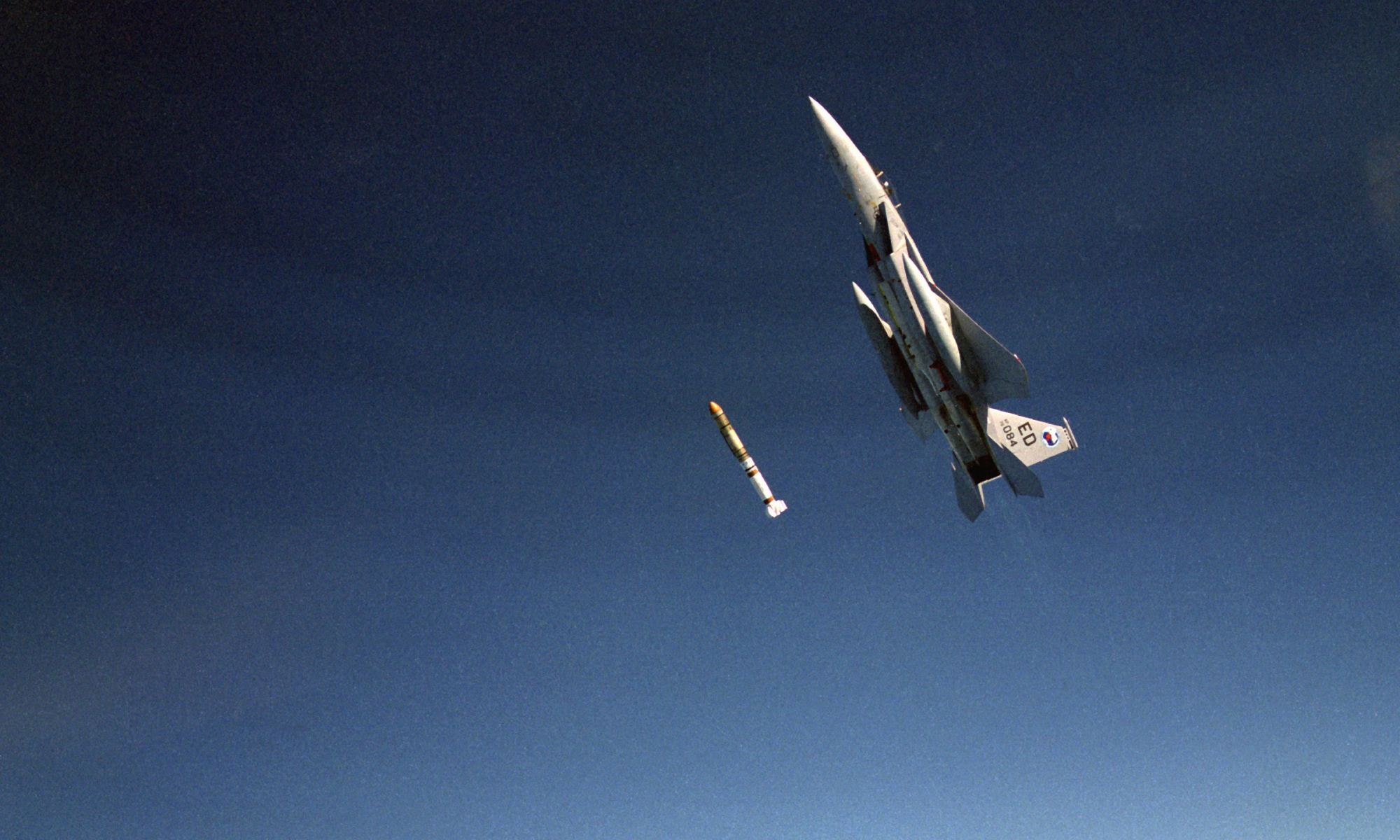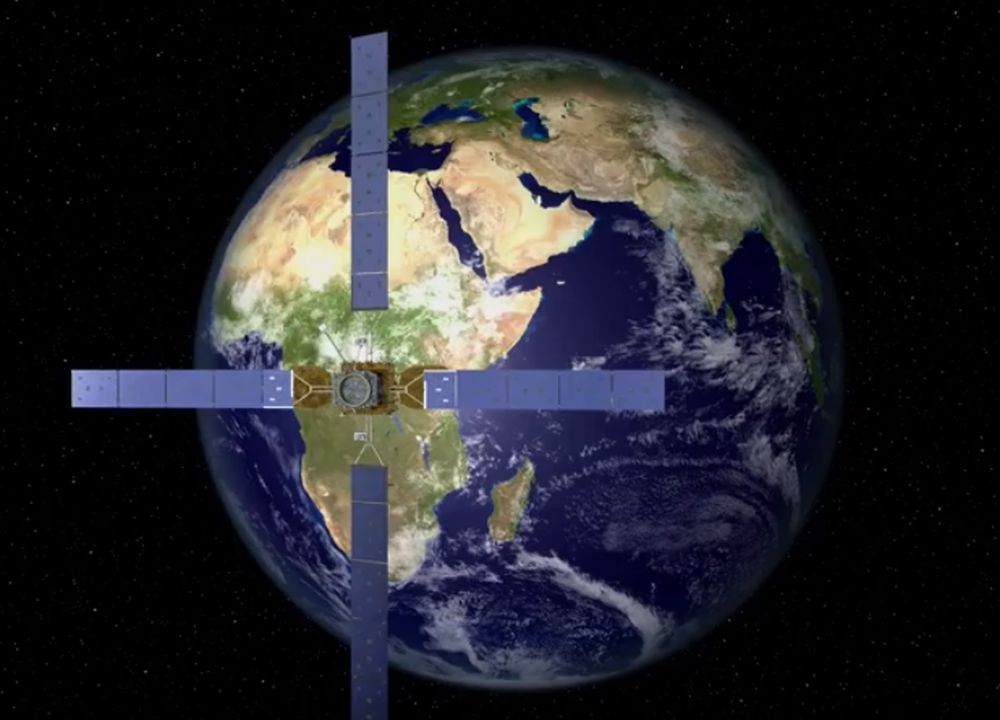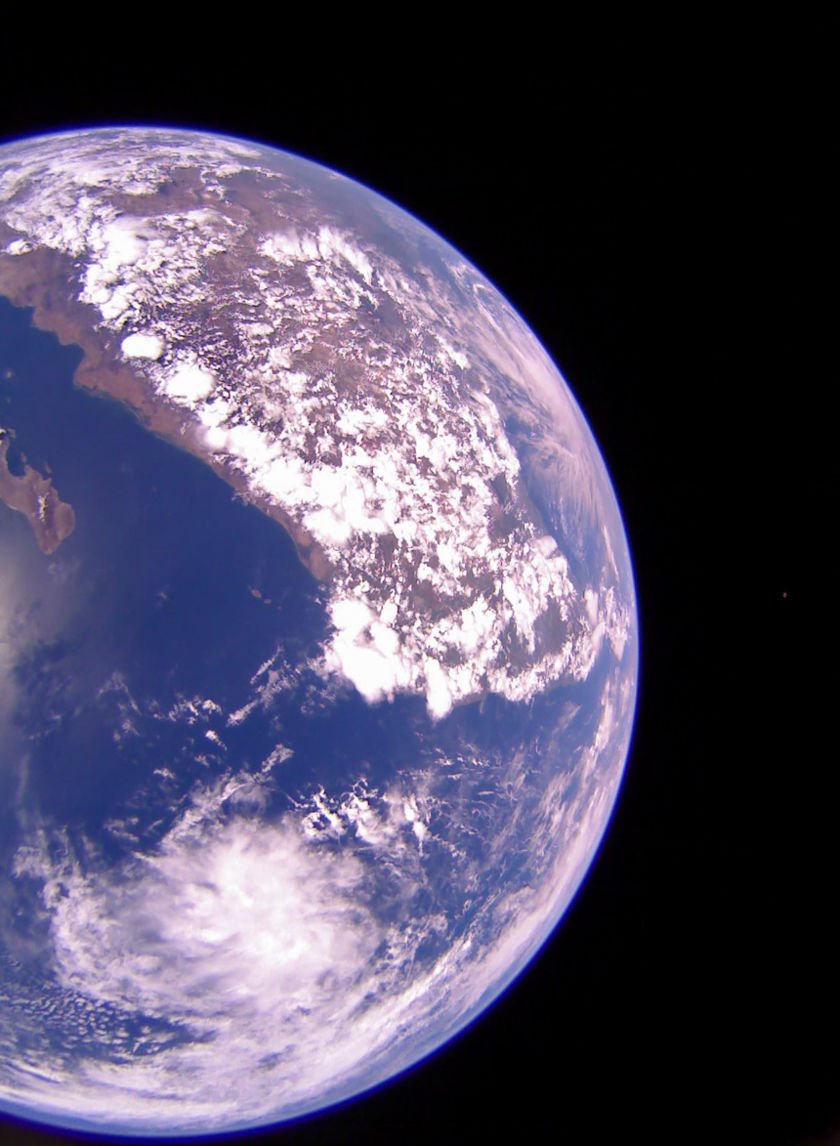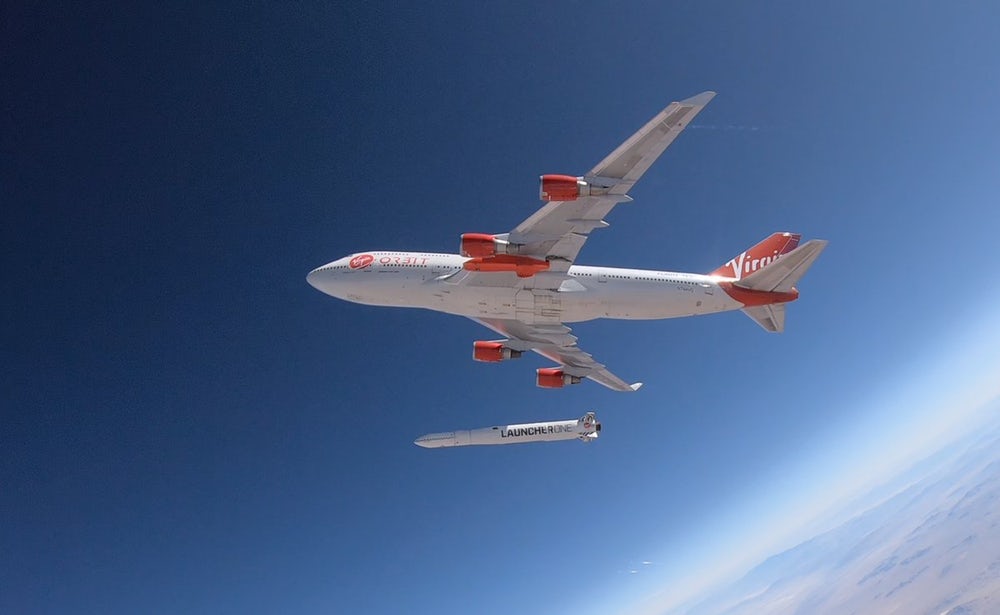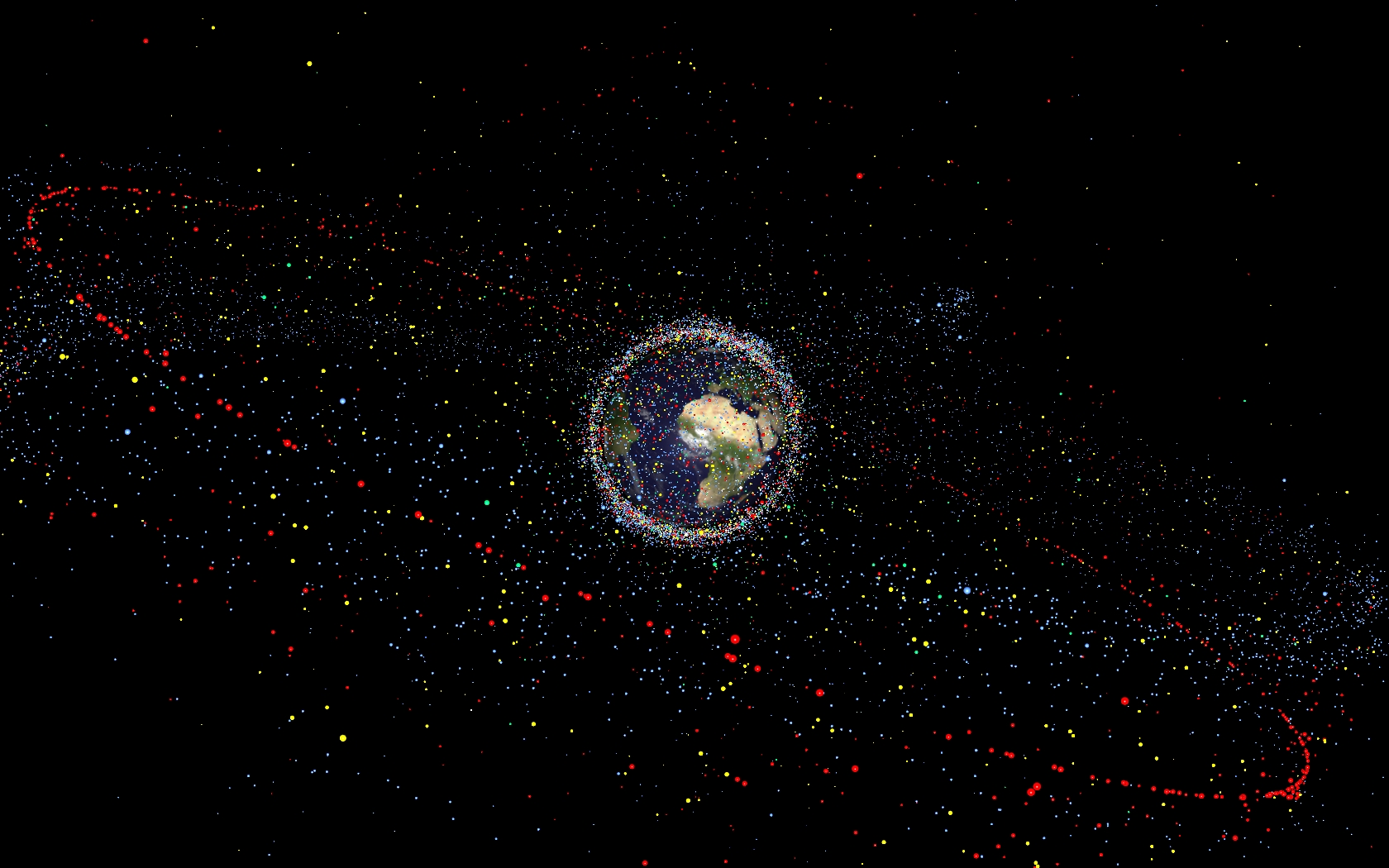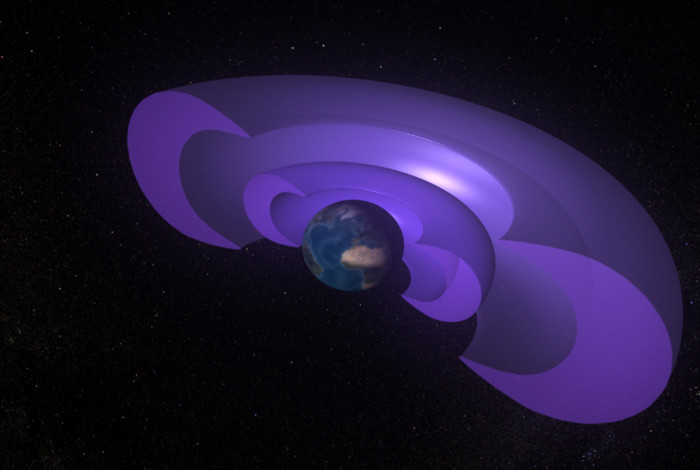One of the clearest signs of global warming, unless you live next to a glacier, are rising oceans. Now a joint mission involving the US and European countries is launching a pair of satellites to monitor the rising sea levels. The two satellites will monitor the oceans until 2030.
Continue reading “New Satellites Will Tell Us Exactly how Quickly the Oceans are Rising”New Satellites Will Tell Us Exactly how Quickly the Oceans are Rising
